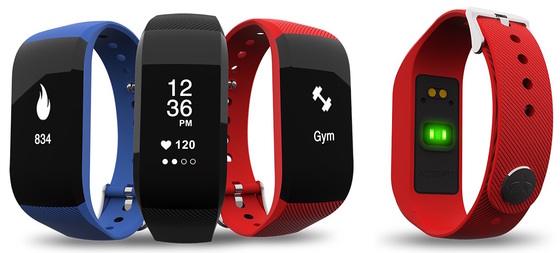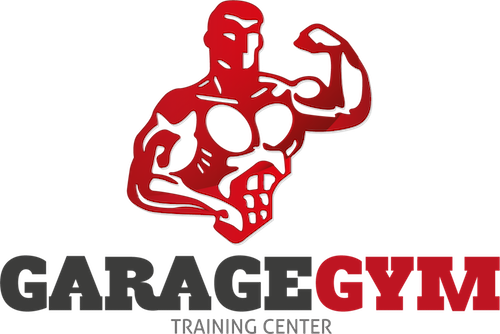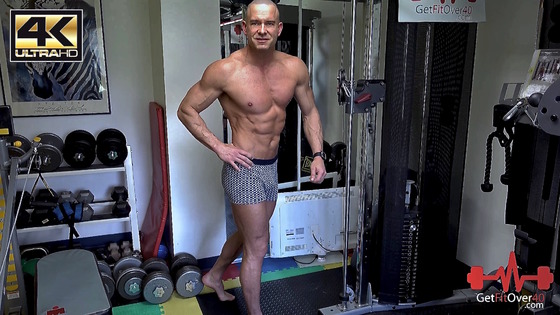Actofit Fitness Tracker Unboxing First Impressions
 Thursday, May 4, 2017 at 10:04PM
Thursday, May 4, 2017 at 10:04PM Most fitness trackers these days pretty much track all the same dynamics, stuff like step counting, sleep tracking, heart rate tracking and basic overall activity. One area most of these fitness trackers don't seem to track very well are actual weight lifting workouts, they simply don't understand what your doing since it is not step based and unfortunately even the built in optical heart rate sensors don't work well for tracking your heart rate when you lift weights.
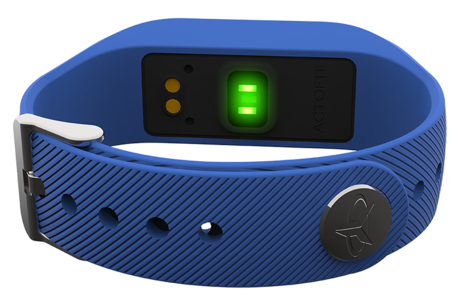
Here is where the Actofit Fitness Tracker may just have something up its sleeve to fill in this weight lifting gap where most activity trackers fall short. The Actofit Fitness Tracker is the world's first fitness tracker that automates comprehensive workout tracking & provides actionable insight. Using machine learning algorithms Actofit goes deeper into advanced motion tracking to identify 75+ exercises, count reps, evaluate form, measure heart rate, calories burned and more to auto-log comprehensive sessions & granular workout statistics; allowing you to evaluate data to make informed decisions.
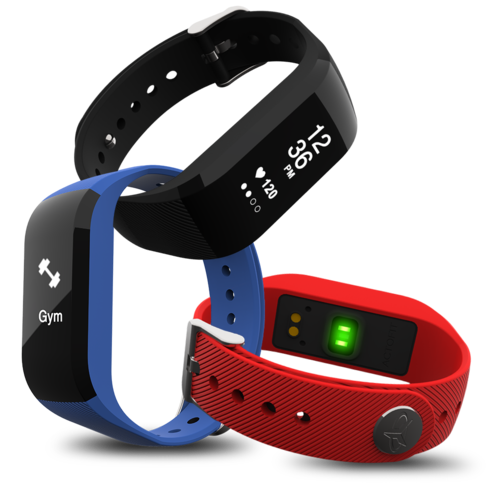
I will be testing the Actofit Fitness Tracker over the next couple weeks and see if it can really back these claims and actually perform as promised.
You can checkout more info on the Actofit Fitness Tracker over on their website and pre-order one.
 Actofit in
Actofit in  Product Review,
Product Review,  YouTube Video
YouTube Video 




